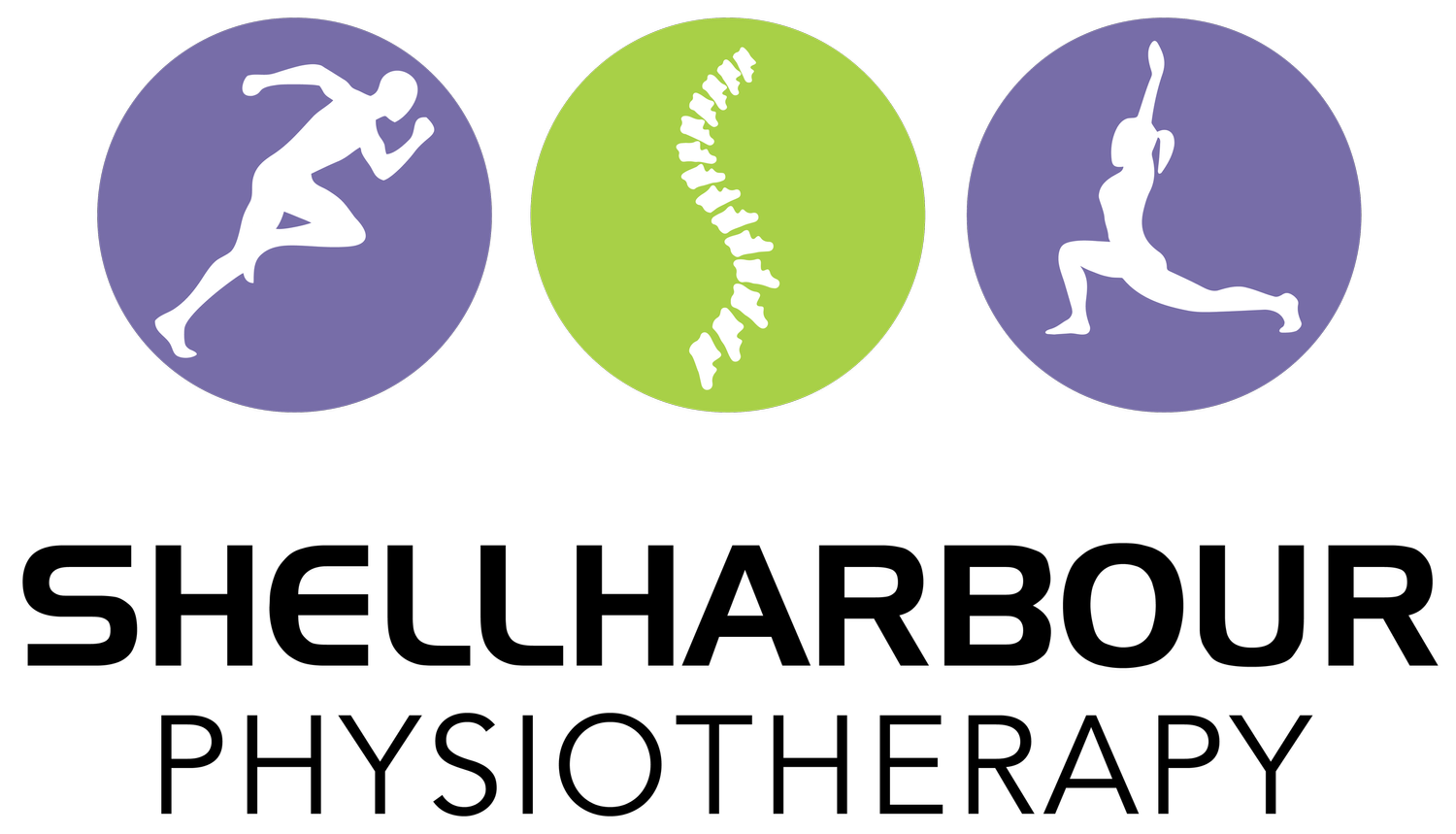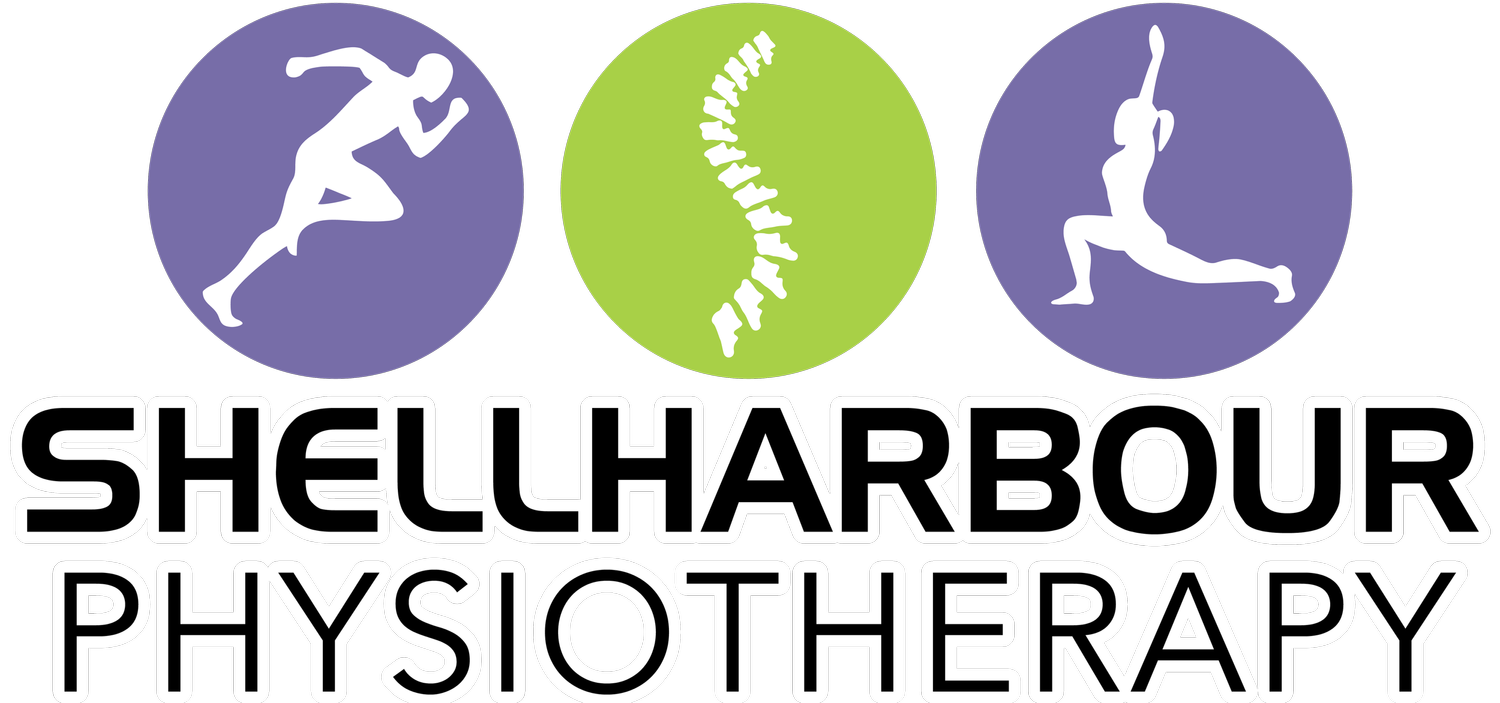SHIN SPLINTS
Have you ever experienced pain along your shins after running or increasing your activity levels? This may have been what is known as shin splints.
What are Shin Splints?
Shin splints (aka. medial tibial stress syndrome) causes pain to occur along the shinbone, most commonly along the inner boarder of the tibia where muscles attach to the bone. This pain is caused by the muscles, tendons and bone tissue becoming inflamed due to overuse or repetitive activity. Shin splint pain can be sharp, dull or throbbing and can occur during and after exercise.
Causes
Sudden changes to the type or duration of activity you do can cause shin splints, for example longer or more frequent sessions and new types of exercises. Running on hard surfaces can cause shin splints, which is why runners are at the highest risk of developing shin splints. Other factors are having flat feet or high arches and exercising with worn out/improper footwear.
Shin splints can also be caused by structural and functional issues, such as muscle weaknesses or poor running or jumping/landing technique. When muscles aren't strong enough to carry out particular activities or movements it can result in poor technique. Other ways incorrect technique can potentially lead to shin splints is having poor foot strike pattern, such as toe running or heel striking.
Treatment
Rest
The best method of treatment is to rest for 3-4 weeks from the activity that caused the shin splints. This doesn't mean that you have to stop exercising, but instead substitute for low impact exercise such as swimming or bike riding.
Ice
Ice shins with ice pack wrapped in a towel for 15-20 minutes 4-8 times a day.
Compression
Wearing a compression sleeve over your shins may help to reduce inflammation and prevent further swelling.
Flexibility
Stretching your lower legs can help alleviate pain, for example:
Foam rolling shins/calves
Soleus stretch
Gastrocnemius stretch
Consult a doctor
If your shin splints don't resolve with rest and the additive treatment/preventative methods you may need to consult your doctor to determine if there is a different issue causing your pain such as stress fractures or tendinitis.
Prevention
Strengthening & flexibility
Strengthening of the muscles around the shin, legs and feet can be helpful in preventing shin splints. Some exercises that target lower leg muscles include:
Calf raises on the spot
Calf raises on step
Toe walking moving/walking
Heel walking moving/walking
Stretching used in combination with strengthening can be beneficial in reducing the risk of shin splints by maintaining muscle flexibility. Muscles that should be focused on include the gastronemius, soleus and hamstrings.
Here are some stretches and mobilisation techniques that can be used:
Soleus stretch
Gastrocnemius stretch
Other ways to prevent shin splints…
Wearing appropriate footwear that is in good condition and fits correctly.
Exercise of softer surfaces, such as grass, where possible.
It is important to gradually introduce higher impact activities and exercises by slowly increasing the duration, frequency and intensity.
For people who train predominately with high impact activities such as running, mixing in a low impact activities to their training regime every few days can help relieve some pressure on the shins whilst still working out.
Barefoot running has been found to help resolve shin splints as it spreads the impact stresses rather than one area being overloaded.
Have your running and jumping/landing technique analysed by one of our Sports Physiotherapists ↗ or Exercise Physiologists ↗:
If you have incorrect running, jumping or landing technique this can contribute to shin splints. An exercise physiologist or sports physio can help to identify if there is an issue with technique or if it is due to muscle weakness or tightness. They can then provide you with a program that will help correct any issues.
For example foot strike patterns or muscle discrepancies, and therefore help to prevent the reoccurrence of shin splints and improve how you train.







